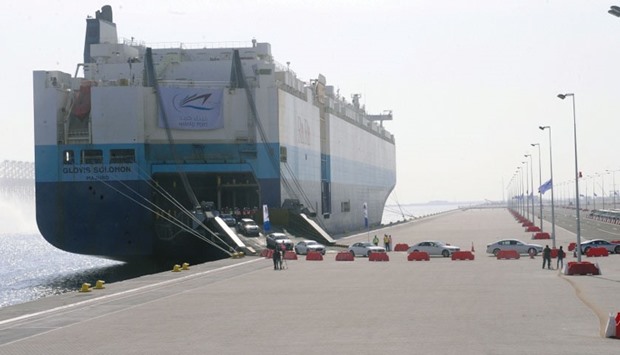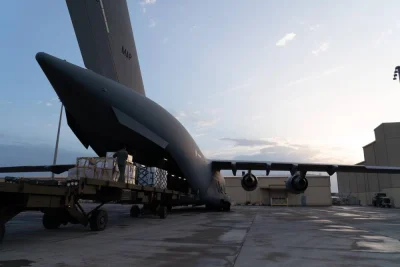The capacity at the existing Doha Port is 750,000- twenty-foot equivalent units.
The transfer of operations from the existing Doha Port to Hamad Port has involved the transfer of staff employed by Qatar Ports Management Company (Mwani), government agencies, stakeholders and service providers, al-Sulaiti said in an interview with the Oxford Business Group. While these organisations have worked efficiently and effectively at Doha Port, the early operational phase has allowed the integration of their activities in the improved working environment offered by Hamad Port.
Thus incremental transfer of operations has been possible, with roll-on/roll-off (ro-ro) and livestock cargos being relocated seamlessly, the minister said. The operational team has been able to improve the efficiency rates at Doha Port since the early operations facility has been designed specifically as a ro-ro and livestock handling terminal.
The successful transfer of operations will serve as a template for the timely transfer of all remaining cargoes from Doha Port to Hamad Port as planned in the second quarter of 2016, al-Sulaiti said. Lessons learned will be applied to the subsequent commissioning of assets and terminal areas so that containers and general cargo can be accepted in a phased, controlled manner.
Business disruption will be avoided and throughput improvements can be seen at the earliest stage. “Once the first phase is operational we will evaluate the timelines for the other two phases, which would bring the total handling capacity to 6mn TEUs once completed,” al-Sulaiti told the Oxford Business Group.
Mwani is handling the early operations facility, and is involved in discussions over creating a joint venture that will be responsible for running future port operations. This will be a joint venture between Mwani and the selected operating company.
Early operations have been very successful as all ro-ro and livestock vessels are now calling at Hamad Port for unloading and delivering goods to the Qatari market.
The results are encouraging in terms of the relationships already built between Mwani, the shipping lines and the port community at large, which will have a positive impact on the full opening and operations, the minister said.
Hamad Port is strategically located to handle the expanding trade in the Gulf and beyond, into the hinterland of Qatar and neighbouring GCC countries, al-Sulaiti said.
The facilities will feature cutting-edge technology and associated systems that will cater to all types of vessels, cargo handling and clearance, and throughput rates that will set the facility apart from the region’s existing ports.
Environmental protection strategies – such as sustainable resource use, waste management and sustainability certification for buildings – will ensure the port achieves a sustainable balance between economic growth, social development and environmental protection, the minister added.




